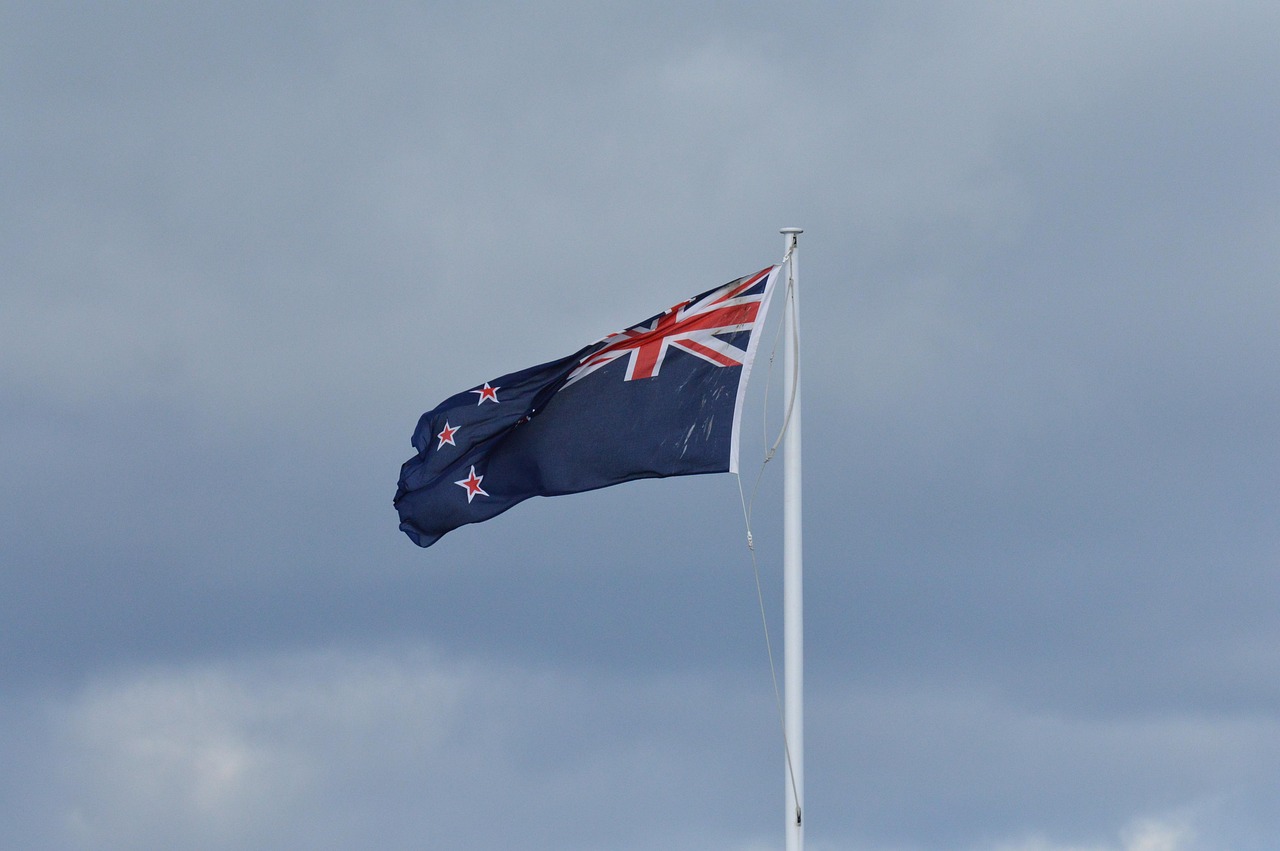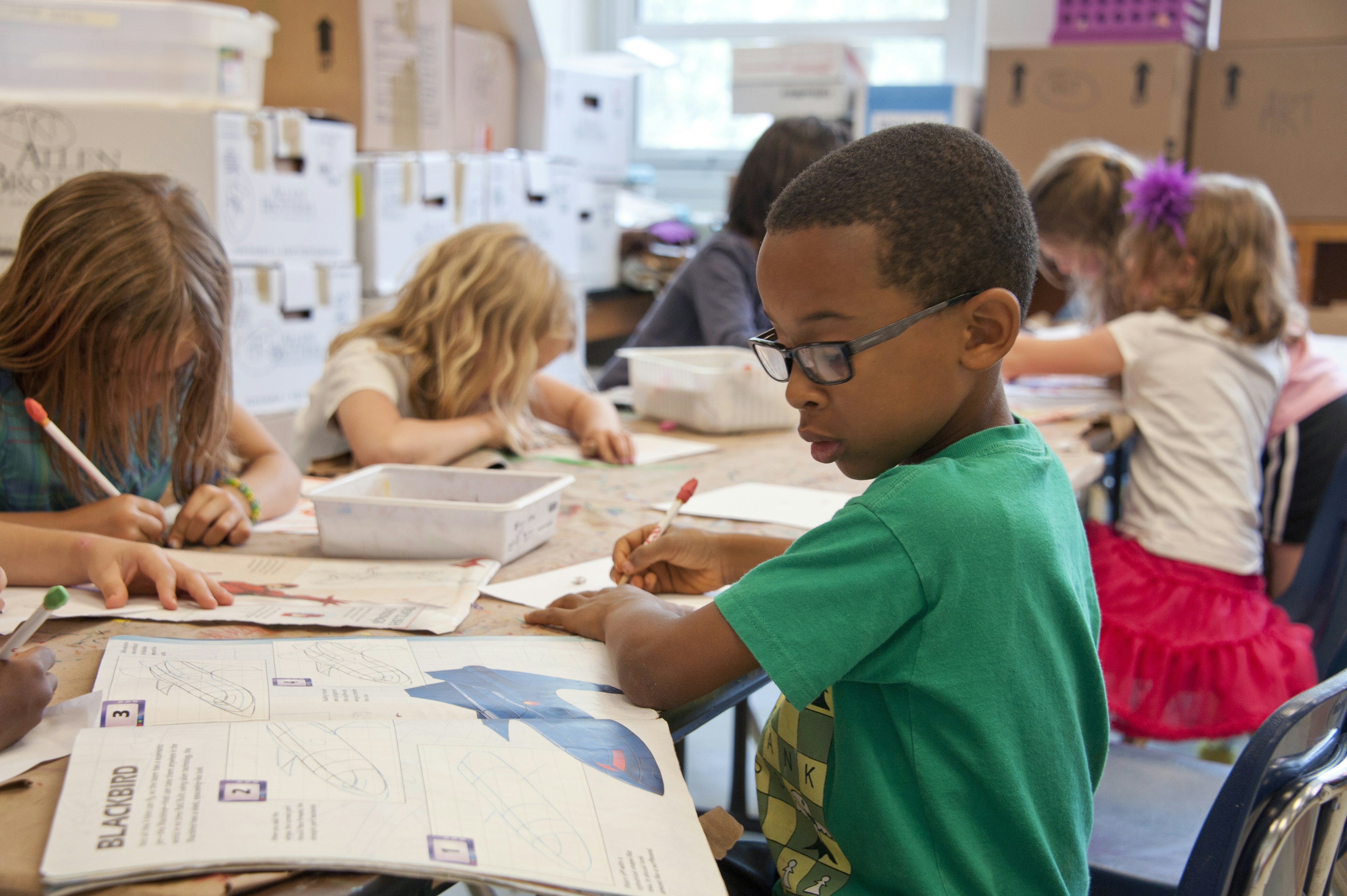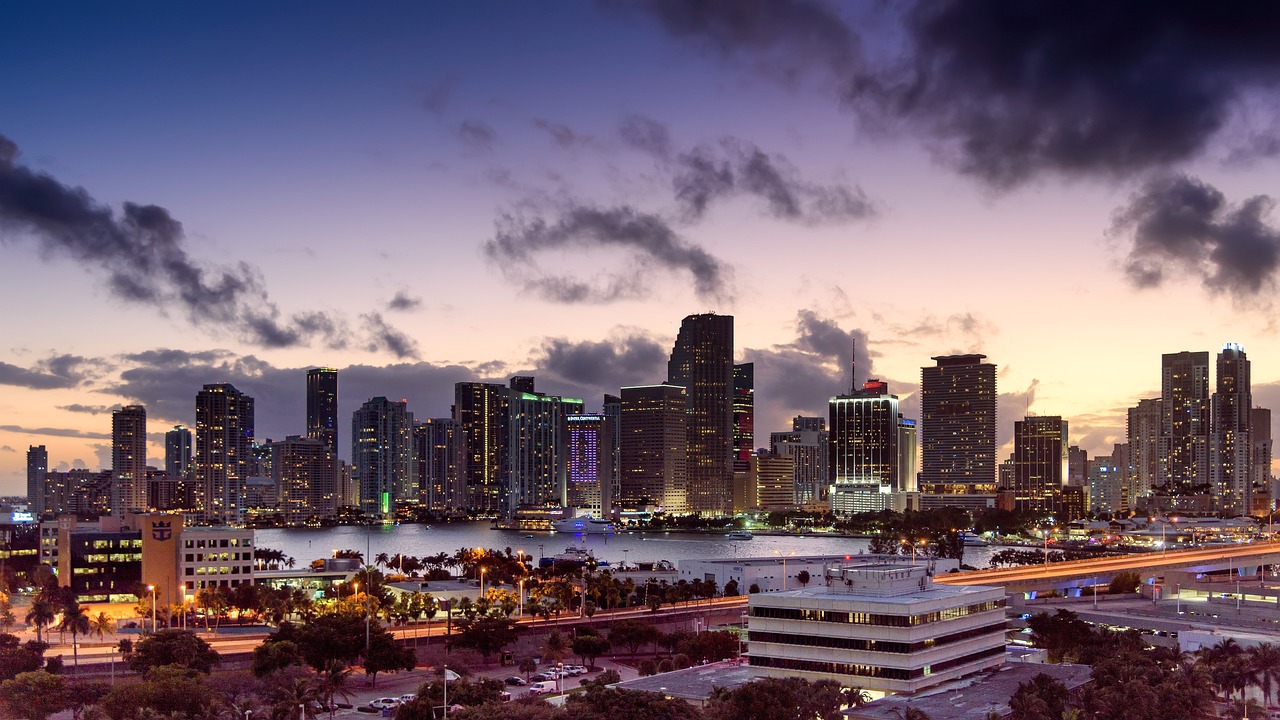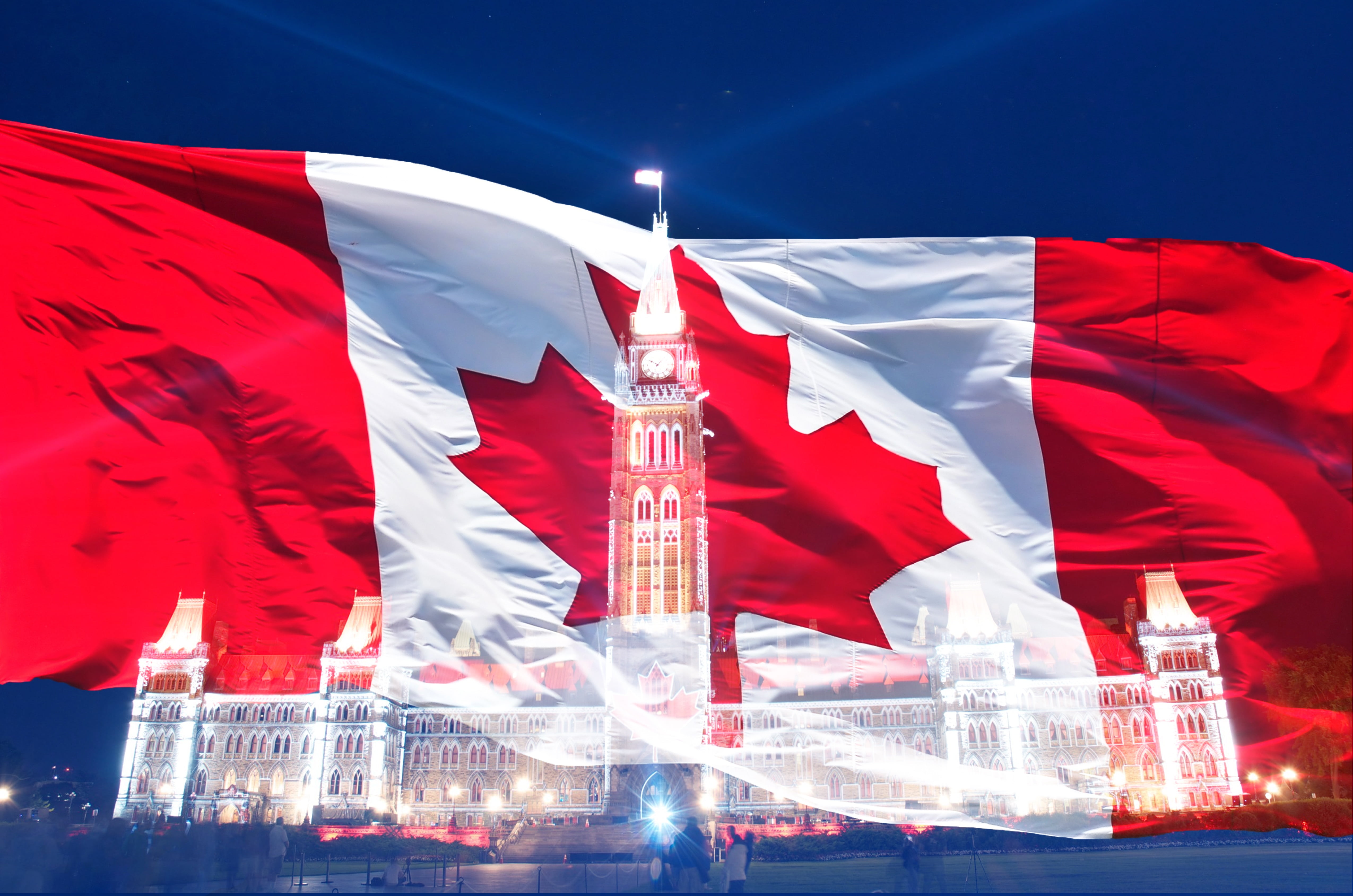Public vs private school has been an inevitable topic for most parents, especially when their children need to go to school. According to the data from the National Center for Education Statistics, the number of students in public schools will decrease year by year from 2023, and the enrollment in 2025 will be 48.2 million. Will this be the factor when you decide which school you will study? Do you know the differences between public vs private schools in the United States? Read on and see which kind of school is right for you.
Public vs Private School : Definition
The Definition of Public School
There are two kinds of public schools in the US: traditional public schools and charter schools. Traditional public schools are funded publicly and offer free education to students from kindergarten through 12th grade (K-12). In most cases, traditional public schools are governed by school boards and are operated under state education standards and regulations.
Public charter schools are also funded schools. They are established through a charter, which is a legislative contract outlining the school’s mission, program, students served, and methods of assessment. Compared with traditional public schools, charter schools are more flexible, and they can create more educational programs based on the actual needs. Charter schools’ operation is regulated by the chartering authority.
The Definition of Private School
Private schools are funded by tuition fees charged to students. Other sources are donations, endowments, or grants from private organizations. Considerable autonomy allows private schools to set their admission criteria. They can also design their curriculum and do not have to adhere to the state education standards. Private schools are another alternative for students to accept high-quality education.
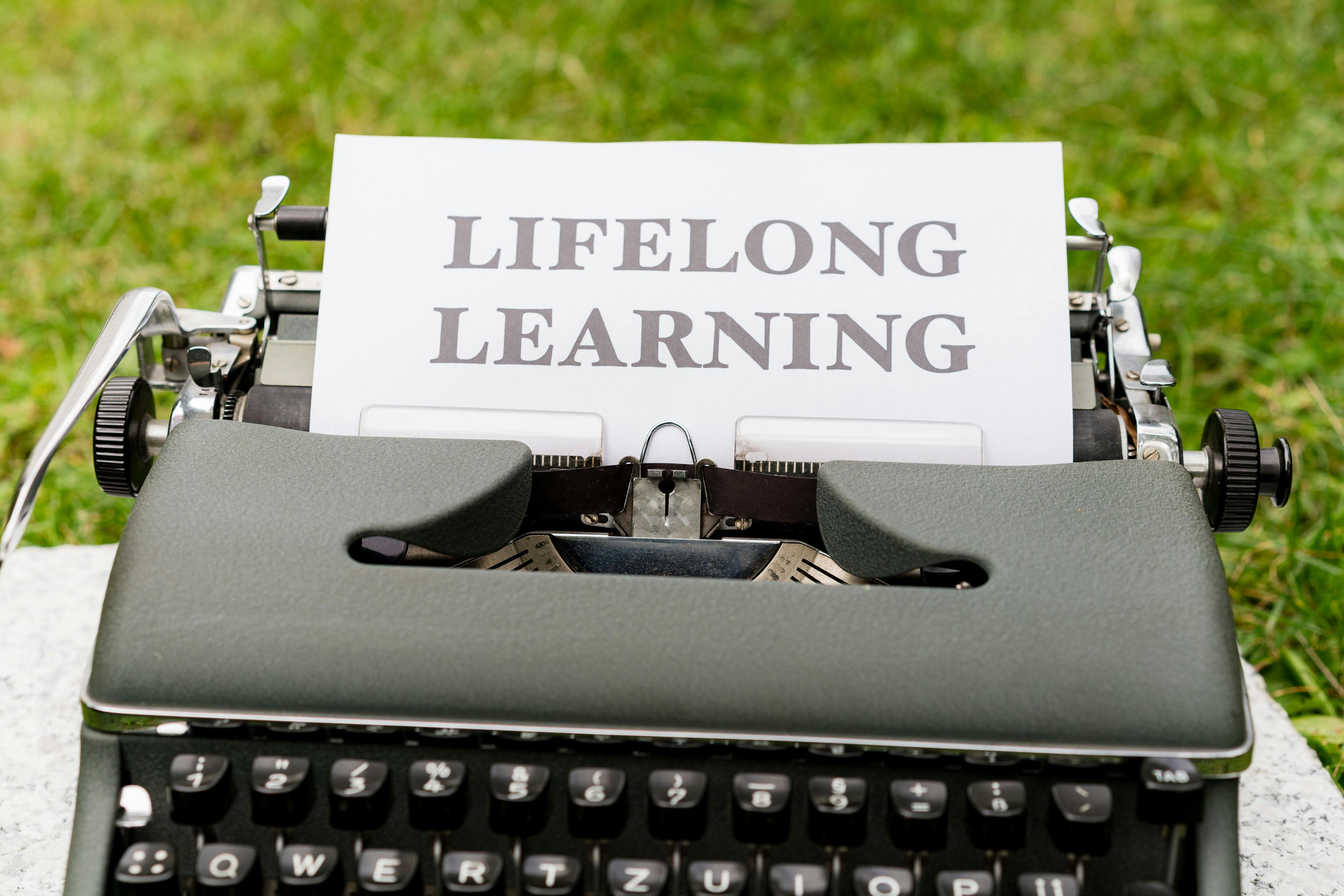
H2: Public vs Private School: Differences
The differences between public schools vs private schools are mainly reflected in the following five aspects: teaching philosophy, curriculum design, class size, teacher resources and special education programs.
1. Teaching philosophy
The educational philosophy of American public schools is to provide equal opportunities for all students, regardless of race, gender, religion, disability, or economic status. They typically serve a diverse student population organized by the school district and avoid practices like repeating, withdrawing, or expelling students. If a student struggles with the curriculum, they may be placed in a specialized class until they meet the required goals.
Private schools typically have a higher entry threshold than public schools, requiring students to pass exams, interviews, and tests assessing IQ and EQ. They also demand higher teaching standards, focusing on diverse skills like leadership and social abilities. Students can be dismissed for not meeting academic requirements or breaking rules. Common points among private school students include better economic conditions, shared religious beliefs, and similar educational values among parents.
2. Curriculum Design
The public school curriculum is usually set up according to the national curriculum, which mainly includes math, English, reading, writing, science, history, physical education, and other regular courses. Some well-funded public schools usually have art, music, language, and other special courses so children can choose freely. However, the curriculum is set up according to the national syllabus.
The curriculum design of private schools is more colorful, in addition to the basic curriculum, there will be more courses to cultivate children’s interests and specialties, such as music, reading, acting and so on. Some private schools also require students to master two musical instruments and be good at two sports or at least a second foreign language.
3. Class Size
The class sizes in public schools are larger than in private schools. A class in a public school usually has about 25 to 30 students, and a teacher has to face more than 20 children, so the teacher may not be able to take care of every student.
In contrast, private schools usually adopt a small-class teaching mode so that students can enjoy more educational resources and have more opportunities to communicate directly with professors. With about 10 or 15 students in each class, teachers have more energy and time to pay attention to the development of each student.
4. Teachers in Private Schools vs Public
Public schools have strict requirements and assessments on teachers’ educational backgrounds, and teachers must graduate from the university of education and have professional qualifications. Teachers in public schools also tend to be less mobile, and schools often don’t fire teachers voluntarily. Teachers are more stable but underpaid.
However, private schools usually do not require teachers to have professional qualifications, and generally speaking, the more money private schools have, the better teachers they can hire. Good private school teachers are hired “elites” from all walks of life and even have master’s or doctoral degrees. On the other hand, most teachers in private schools are contracted, which means that teachers are relatively more mobile.
5. Special Education Programs
Because public schools are obligated to provide education to all children of school age, the special education law requires that public schools must accommodate students with special educational needs, so public schools generally have special programs for children with special needs. On the other hand, private schools’ special programs do not cover all students with special needs. They only offer special programs for academically gifted children or some courses for a particular art. This is the typical difference between public and private education.
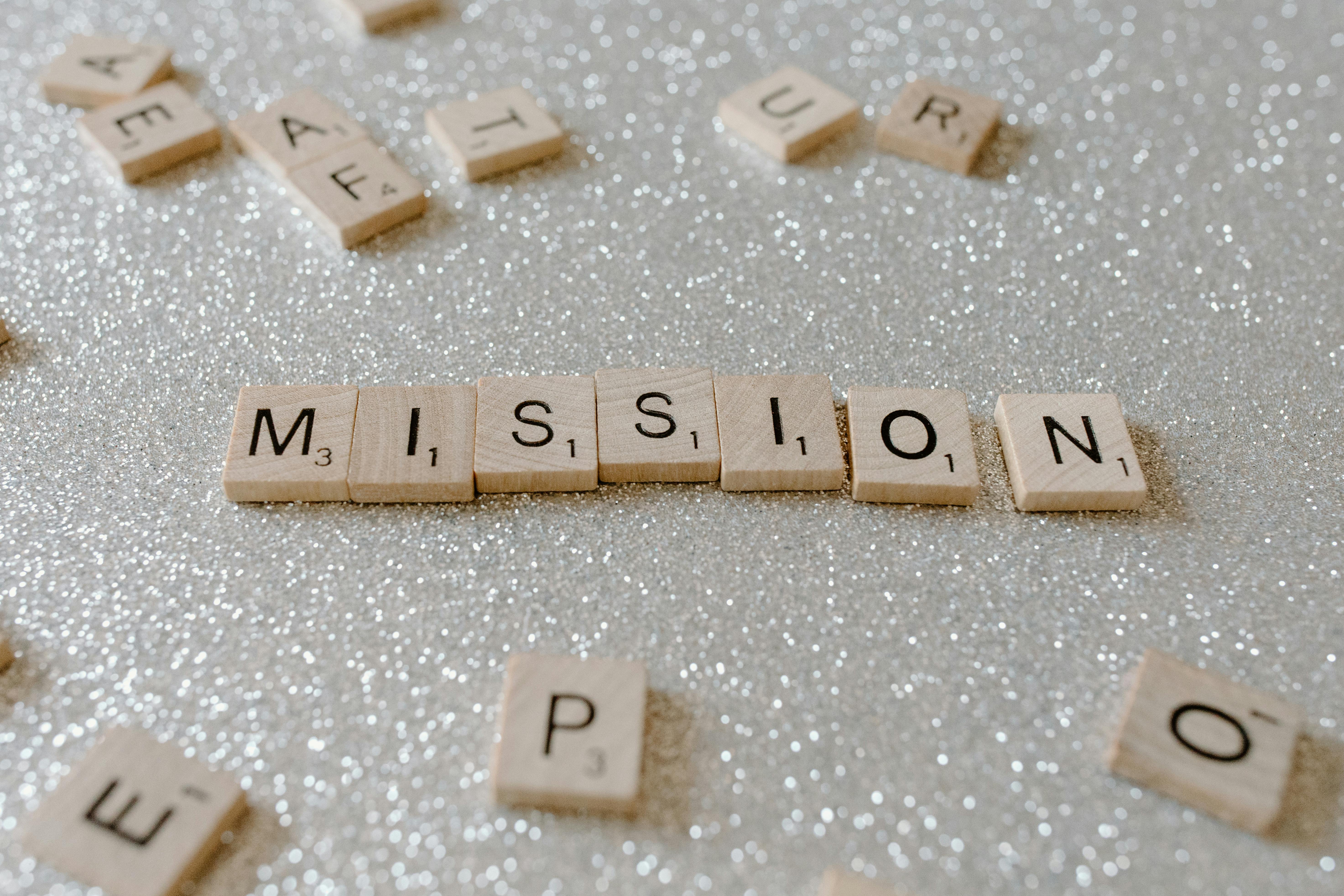
Public vs Private School: Pros and Cons
Pros of public schools
- More diverse
Public schools usually have students from different cultural backgrounds, which requires public schools to provide a broad range of academic programs and extracurricular activities. Moreover, diversity in public schools is beneficial in helping students learn more about different races, ethnicities, religious affiliations, and socioeconomic statuses and improve their interpersonal skills.
- More affordable
In public schools, students can enjoy complimentary transportation, textbooks, before and after-school programs, and free and reduced meals. For those families that can not afford their children’s education but want to receive education within the community, going to public schools is the most affordable option.
Cons of public schools
- More inadequate
Despite the universality and affordability of public schools, public schools in different districts can vary in the quality of education due to differences in funding and resource allocation. For example, some well-funded school districts may have more resources, smaller classes, and many extracurricular activities. Some districts with limited funding may face problems such as a shortage of teachers, outdated teaching equipment and limited curriculum.
2. Less efficient
Children will be assigned to their neighbourhood schools when few options are available nearby. Geographical distance often impacts students’ enthusiasm for learning. Additionally, tenure laws can lead to some teachers in public schools underperforming, which negatively affects students’ learning efficiency. Furthermore, large classes make it challenging to implement differentiated teaching strategies effectively, resulting in many gifted students missing out on the academic opportunities that private schools offer.
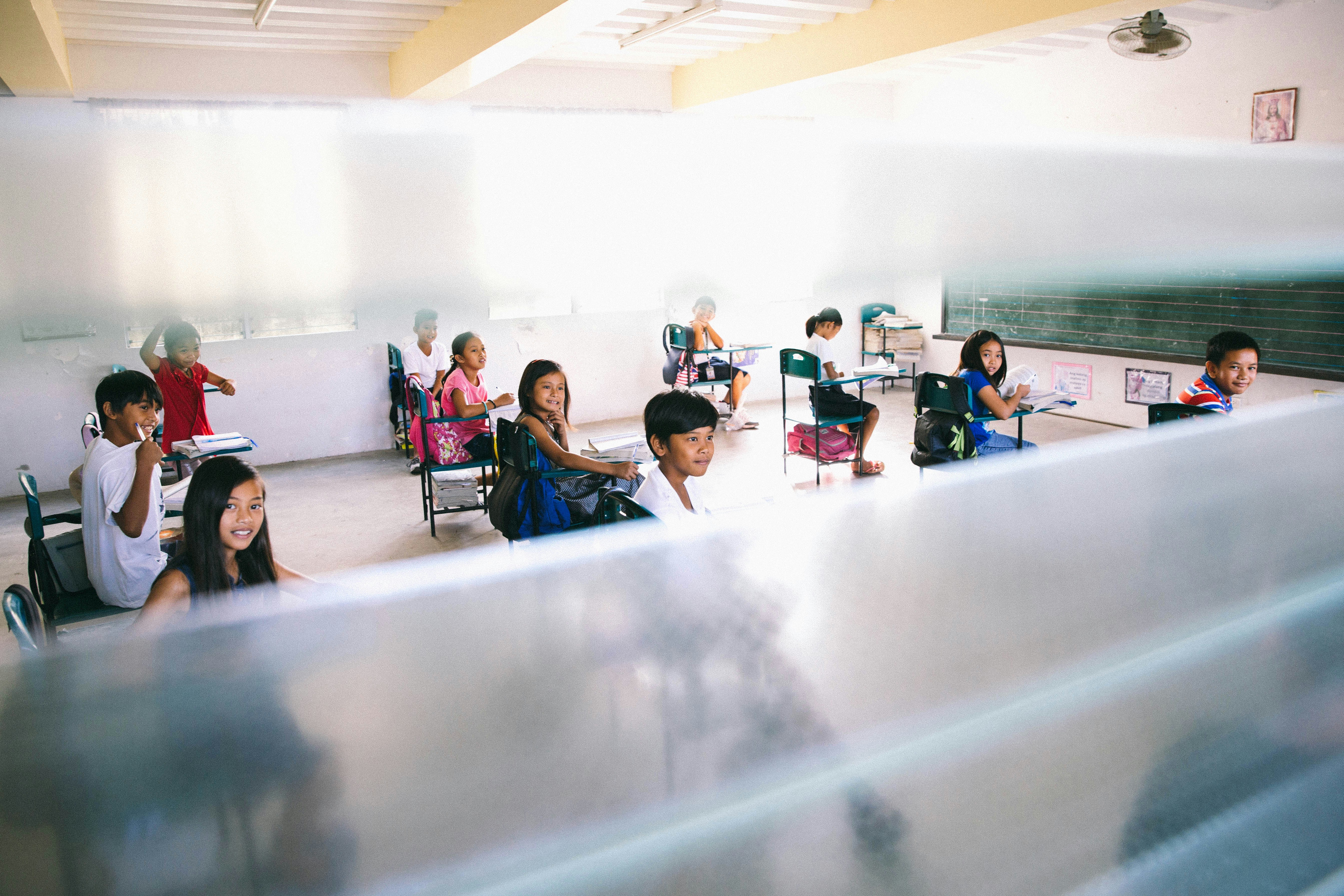
Pros of private schools
- More rigorous
The main advantage of enrolling children in a private school is the heightened academic challenges presented in their programs. Generally speaking, private schools impose significantly stricter graduation standards compared to public schools. Additionally, due to their selective admissions process, private schools often have students who are better prepared for their studies and more involved in their learning.
- More flexible
Private schools offer significant advantages due to their flexibility in academic programming, as they are not bound by state education oversight. This allows for more innovative and cutting-edge programs tailored to student needs. Additionally, the competition among private schools to attract students enhances their responsiveness and adaptability in programming.
Cons of private schools
- More expensive
Private schooling is costly, with average tuition at $6,733 for elementary and $10,549 for high school. College prep schools can exceed $40,000 annually. Although private schools often offer scholarships and financial assistance, these may not fully cover expenses, and competition for aid can leave some deserving students without support.
- More competitive
Most students in private schools want to apply to top colleges. Top universities like Harvard University and Yale University have strict standards, and there are usually more applicants than regular institutions. To further study and pursue their dreams, students have to study hard in private schools. This is one of the most significant differences between private school vs public school. The situation can increase pressure on students, making acceptance into prestigious institutions more challenging.
Public vs Private School: What to Consider?
After understanding the definitions and differences between public and private education, there are additional factors to consider when deciding whether to attend public or private schools.
- Family economic conditions
The financial situation of one family is the fundamental factor that affects one’s choice to go to public schools vs private schools. In the United States, education expenditure is also one of the most important items of household consumption expenditure. If the family budget is limited, public schools are a better option. Private schools offer more personalized education and resources if families can afford higher tuition.
- Personal character and social needs
If the child is extroverted and good at socializing with classmates from different backgrounds, a diverse environment in a public school may be a better fit. If children do better in smaller class settings, smaller classes in private schools allow them to make more progress with personalized attention.
- Academic interests and special needs
If the child has a particular interest in an academic or artistic field, private schools may offer more in-depth courses and programs. For children who need special education services, public schools have more resources and support.
- The reputation and resources of schools
Searching for more information on the school’s reputation, graduate performance, and alumni network is the necessary preparation when choosing schools. If a private school is influential in a subject area, such as the arts, technology, or humanities, it may be ideal for children interested in exploring the field. A public school with excellent faculty and a wide range of extracurricular activities is also worth considering.
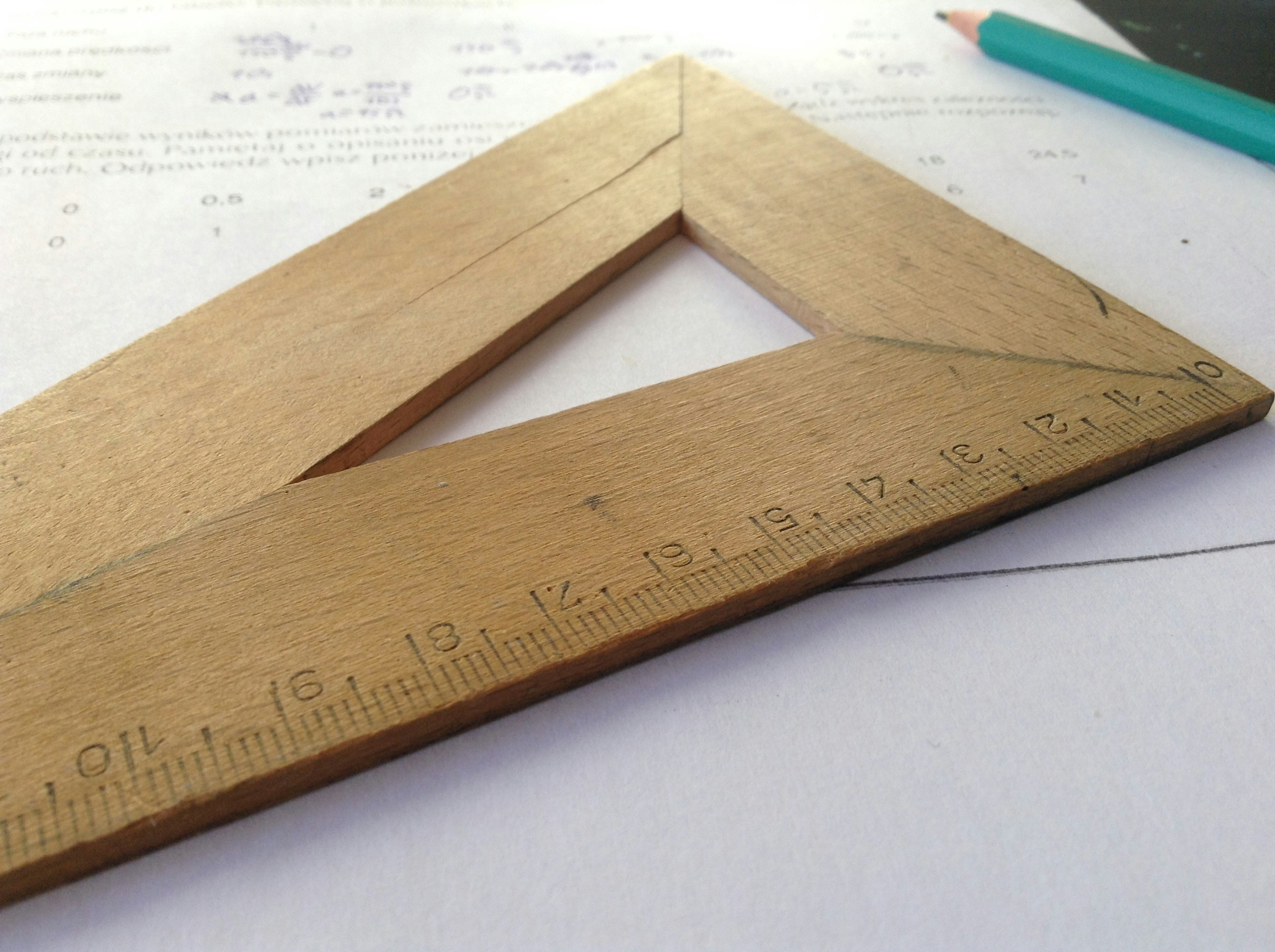
Conclusion
This blog first introduces the definition of public vs private schools, and the differences between private and public schools are compared around teaching philosophy, curriculum design, class sizes, teacher resources, and special programs. We also analyze the pros and cons of private schools vs. public schools to help you better understand these two kinds of schools. Before deciding which one to go to study, students also need to consider factors like their family conditions, learning environment, personal character, and so on.
FAQ
What are the advantages of private schools vs public schools?
One of the key advantages of private schools vs public schools is that private education can offer more resources, such as specialized college advisors and SAT/ACT preparation courses, to help students gain admission to top universities.
Are public schools good in the USA?
Compared with private schools, public schools are more accessible and affordable. It’s a cost-effective option for ordinary families whose children can enjoy free public education with other partners from different cultures. However, if you pursue elite and individualized education, you should consider private schools.
How does the cost of private school vs public school?
Generally, students pay more in private schools than in public schools because the latter are free of charge and funded publicly. The annual tuition of private high schools ranges from around $30,000. Besides, private schools may charge for additional services such as extracurricular activities, transportation, and meals.


